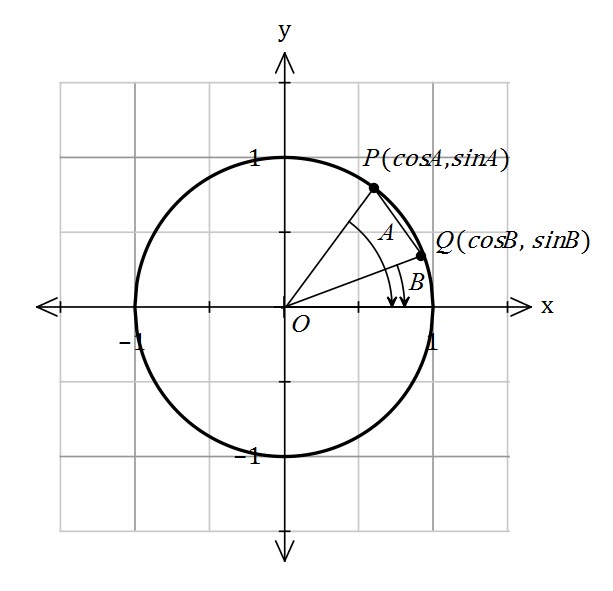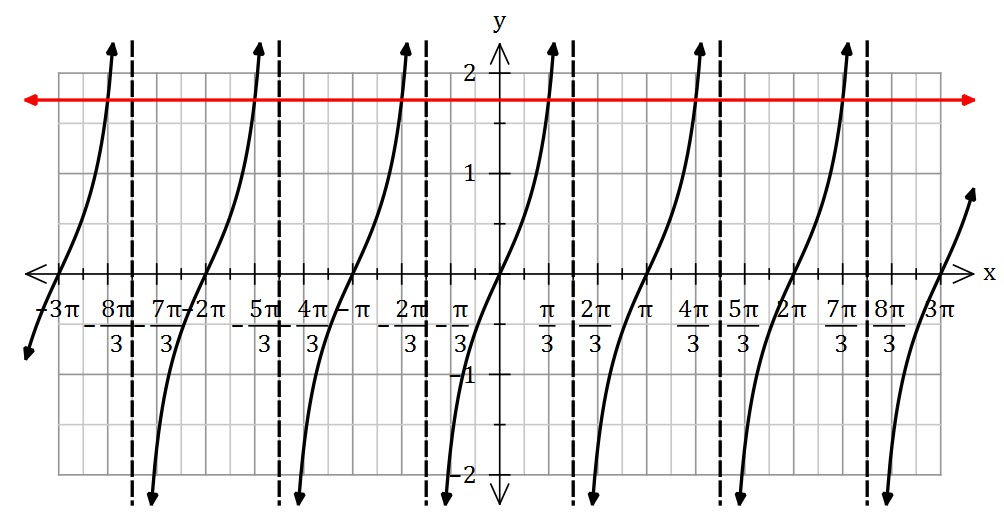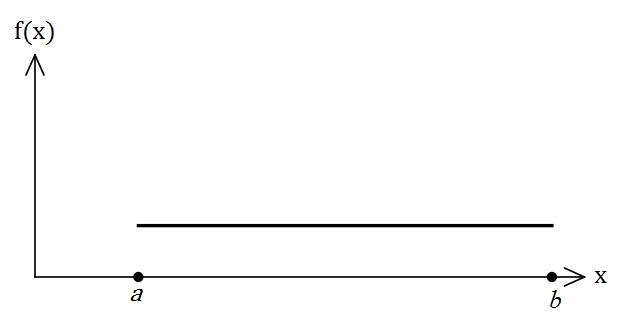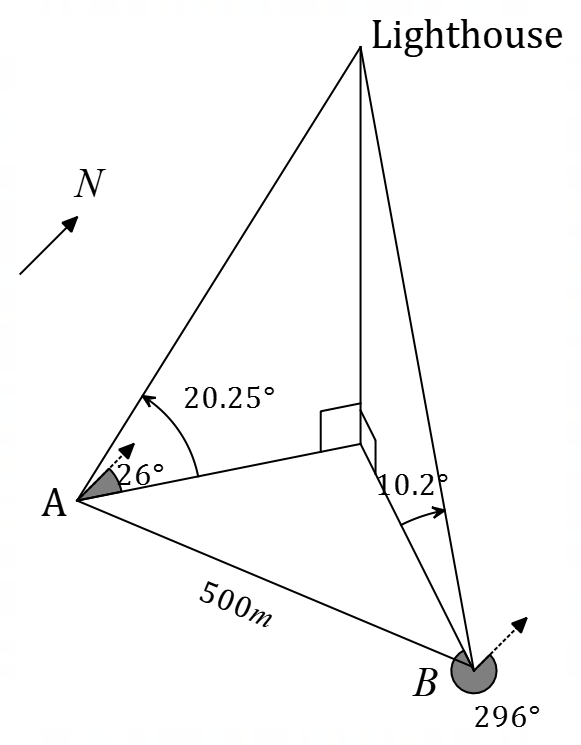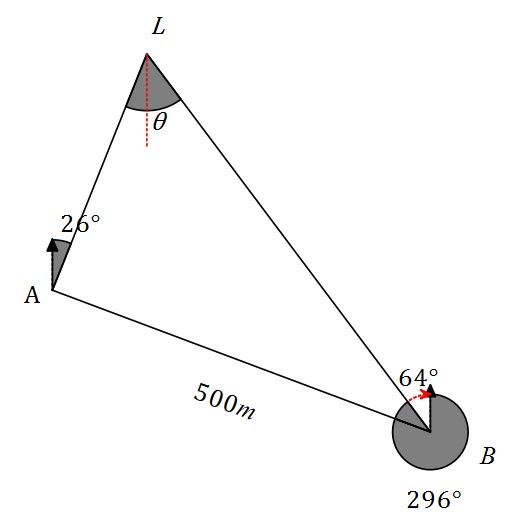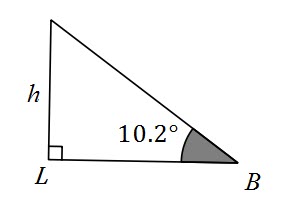My Year 11 Specialist Mathematics students are working on Trig identities. We came across this question
Without the use of a calculator, evaluate
(a)(b)
OT Lee Year 11 Specialist Mathematics textbook
I spent a bit of time thinking about the question. Can you use a product to sum identity twice? But I was always being left with an angle that doesn’t have a nice exact value.
I tried a few things, had a chat to Meta AI, and finally stumbled upon this method.
Remember
![]()
Which can be rearranged to
![]()
(a) ![]()
Which simplifies to
![]()
Now ![]()
Hence ![]()
And we will do the same for part (b)
![]()
Which simplifies to
![]()
Now ![]()
Hence ![]()
And then I had to test them on my Classpad.




